How Many Types Of Spirits Are Really Out There? Here’s A Guide To Liquor Basics
While mixing drinks, crucial for a mixologist is the knowledge of different spirits, their flavours and their individual flourishes which can be useful in determining the different mixers and tasteful accents that can be paired with the liquors. And identifying different spirits, along with recognising each of their characteristics can be an overwhelming activity for a novice, new to the mixology realm. This is because there exist a number of different spirits and liquors, each with its own local histories, individual flair and regional legacies.
Here’s a breakdown of some liquor basics: the different types of spirits that are out there and some of the characteristics which make them recognisable.
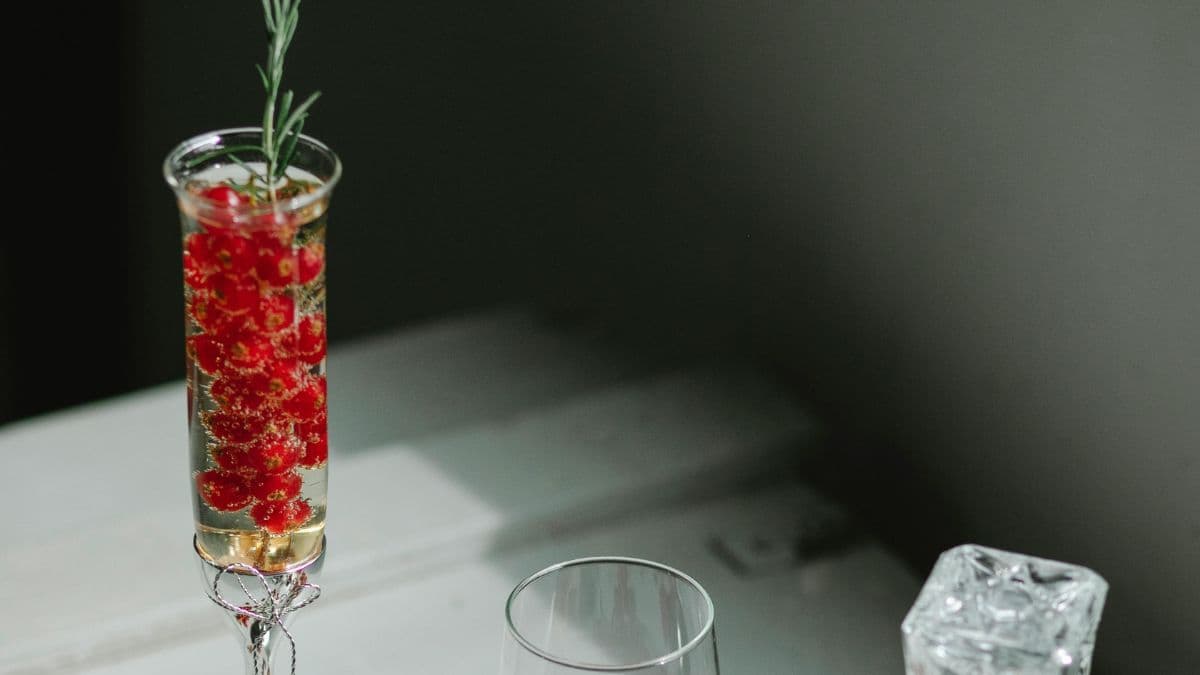
What are some of the more well-known spirit variations?
Majorly, there are six main spirit variations out there including: whisky, vodka, gin, rum, tequila or mezcal and brandy. Most liquors can fall under any one of these broader categorisations.
There is a seventh variation reserved for liqueurs and aperitifs which encompasses different flavoured liquors and sweetened spirits.
So, what exactly is a whisky?
A spirit which is made from fermented grains such as barley, rye or corn and is then distilled to later be aged in oak barrels for developing its flavours can be broadly termed as whisky. This is many times a smoky, malty, even fruity and spicy spirit. Some whisky variations include: blended Scotch, single malt Scotch, bourbon, rye whisky and more.
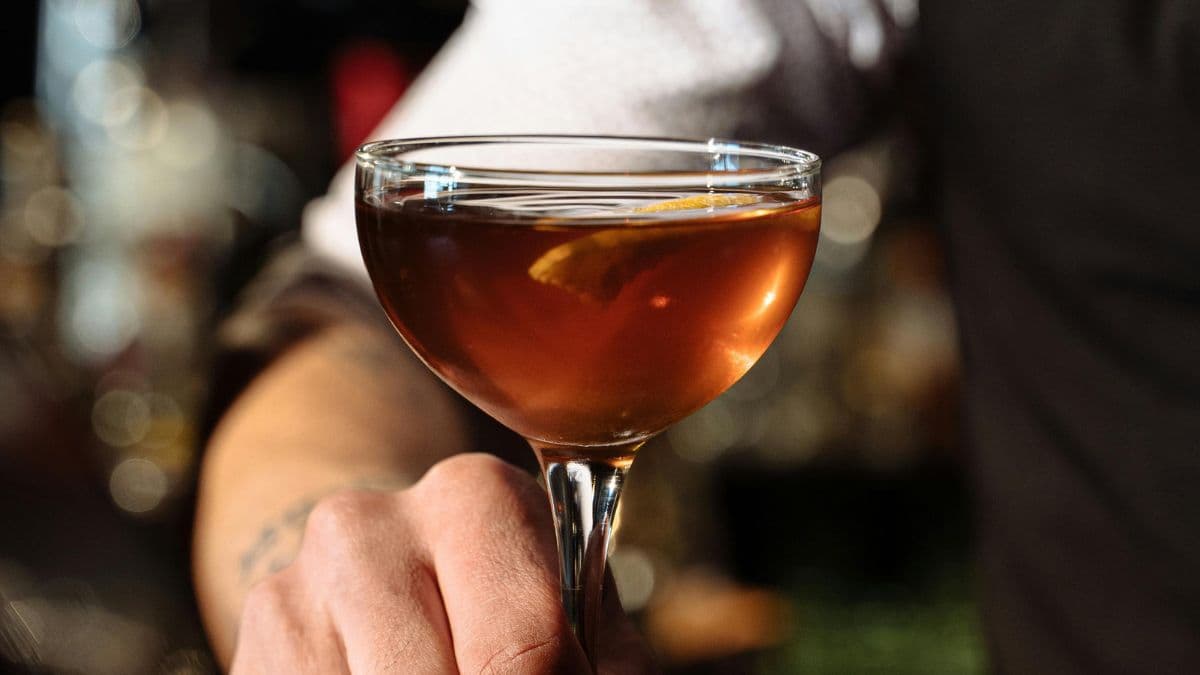
Why is vodka a different spirit than whisky?
One of the major differences is that vodka is made with a neutral base of grains, potatoes or fruits. It is distilled multiple times for a silken texture and carries clean and crisp flavours. Sometimes, vodka is also infused with different fruity and spiced aromatic notes. Some types of vodka include Russian or Polish vodkas, as well as certain craft versions of the distilled spirit.
What makes gin stand out?
Gin stands out primarily because of its juniper-led flavours. It is a spirit with a greater botanical element which lends it a crisp and lively tasting note. Gin carries herbal, citrusy, floral and sometimes earthy flavours. Some varieties of this spirit include London Dry and Old Tom. Modern craft gins are also coming up in contemporary cultures which experiment vastly with locally grown and sourced botanical infusions.
Also Read: Agave Spirits Vs Mezcal: Here Are The Differences To Know
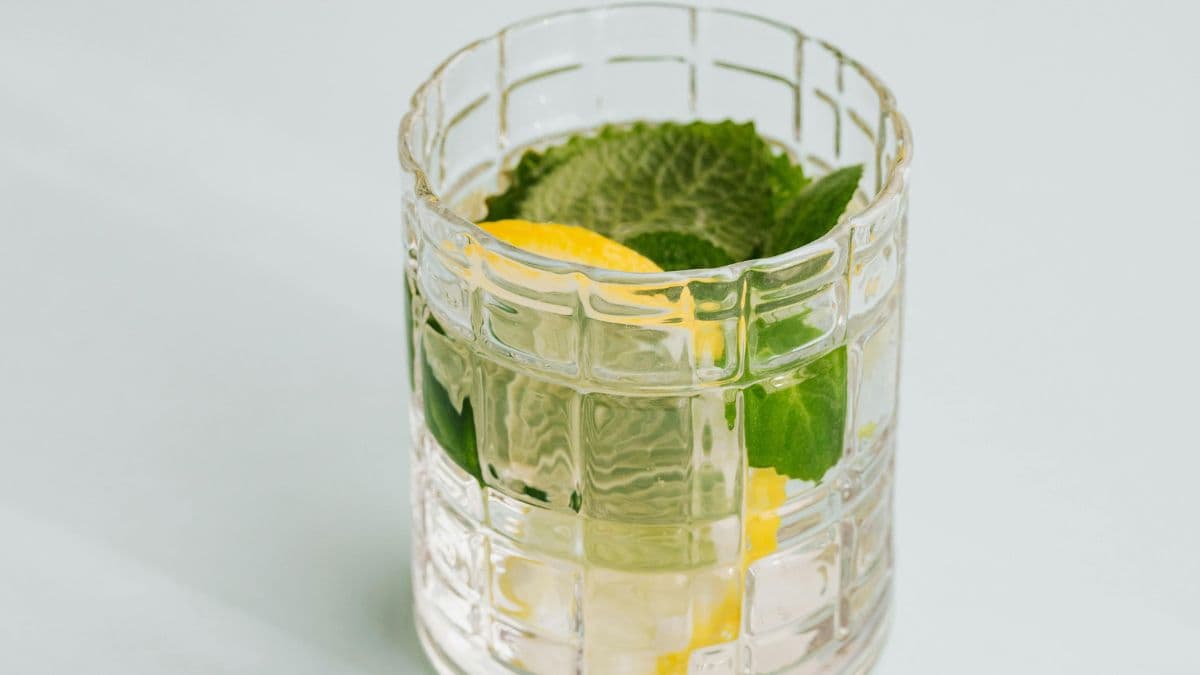
What is different about the tropical spirit, rum?
Along with a rich history that lies in its Caribbean roots, rum also stands out as a spirit with molasses-rich and sometimes slightly sweet flavours. Different types of rums such as white, dark and spiced are crafted using sugarcane juice and molasses. Rum is aged for a brief period before being bottled.
Where do tequila and mezcal fit in?
Both tequila and mezcal are agave spirits – hailing from Mexican regions. Made from blue agave, tequila is a liquor which can be produced only in certain areas of Mexico. This spirit carries bright and peppery flavours, whereas mezcal is smoky and earthy.
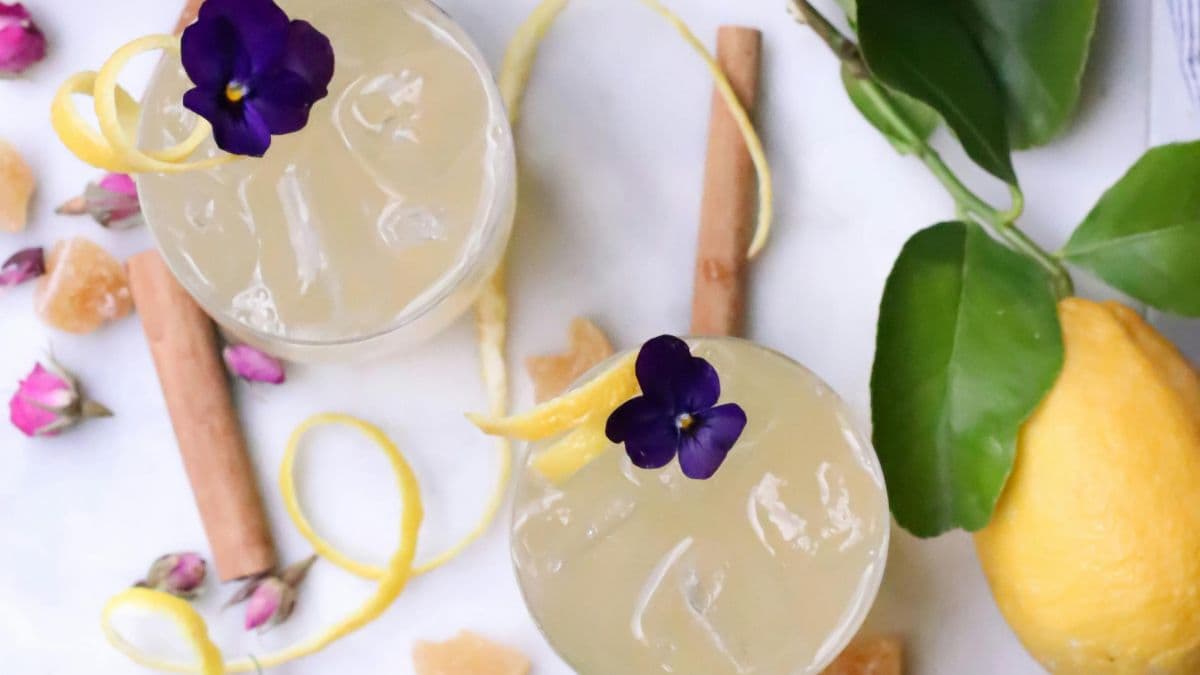
What is brandy or cognac?
An important category of spirits, brandy can be anything that is made from fermented fruit juice or distilled wine. Fruity and oaky, brandies like cognac or calvados are cask-aged spirits and sometimes carry a hint of vanilla or spiced flavours.
Where do liqueurs and aperitifs come in?
Generally, spirits infused with fruits, herbs, nuts, or spices, usually sweetened, can fall under the category of liqueurs and aperitifs. Such drinks like vermouth or Irish cream liqueurs can be bitter, sweet, herbal or creamy depending on the flavours infused into the blends.
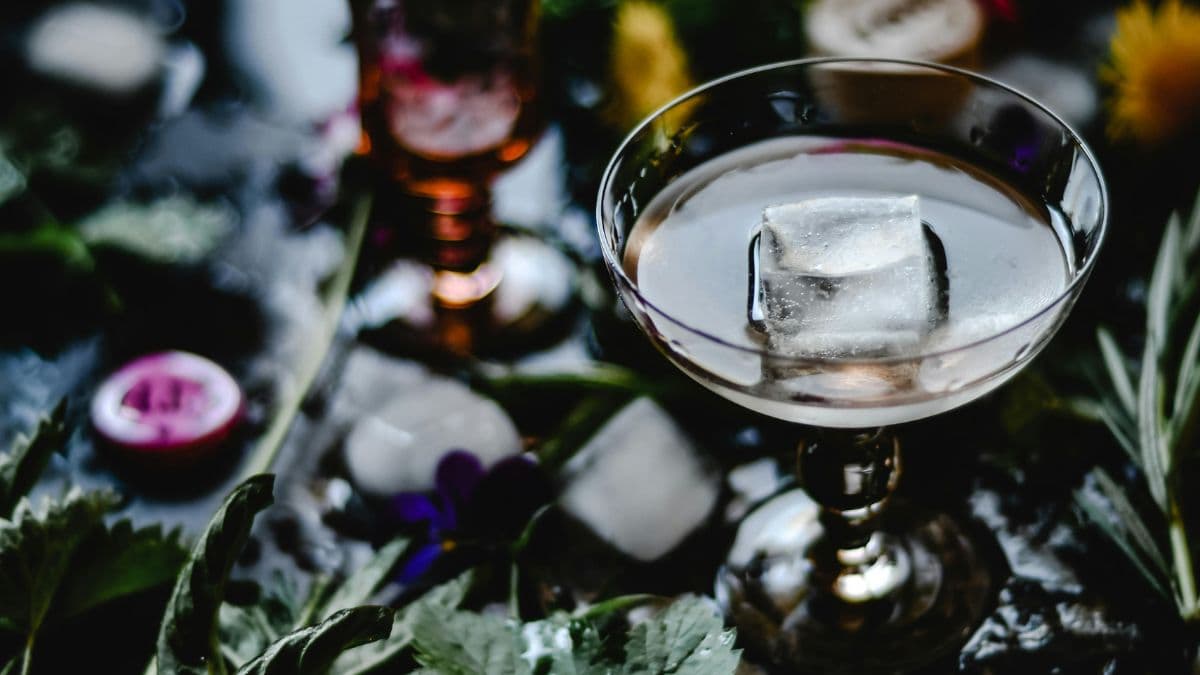
Other than these, are there any local or regional spirit variations?
Absolutely. Local spirits and liquors are found all across the world, such as feni or arrack in Indian and other south Asian regions. However, it’s interesting to note that a closer look at these varieties reveals resemblances with the broader liquor variations, making it that much smoother to understand their production process, flavour profiles and use in cocktails. This is especially true for spirits like the Italian grappa or pisco such that both carry a distinct regional flair of their own but are essentially types of brandies.
Drink Responsibly. This communication is for audiences above the age of 25.




